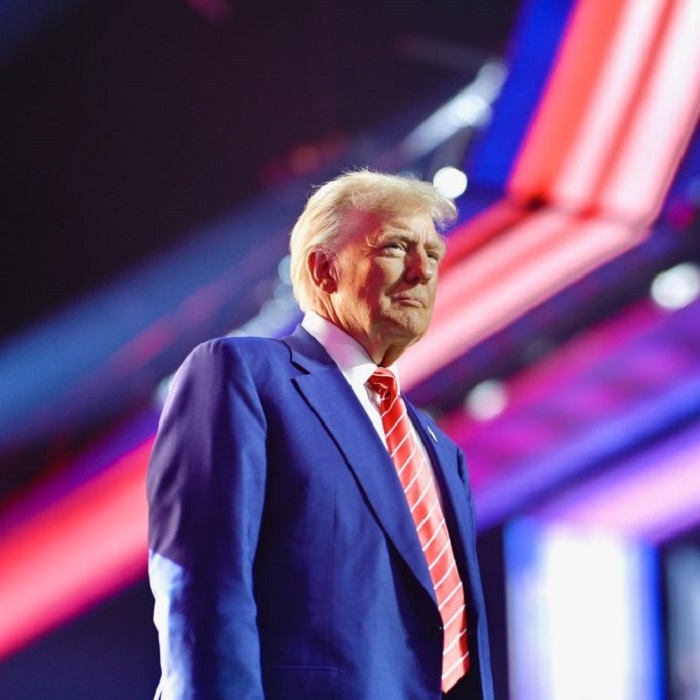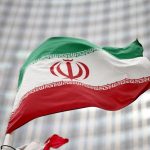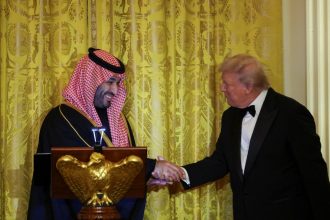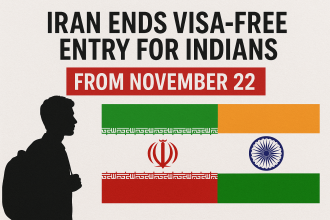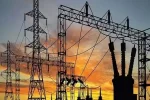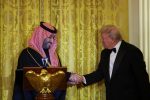In a bold and controversial move, President Donald Trump has once again turned to tariffs — the economic tool that has come to define his approach to global trade. On Thursday, Trump announced that the United States will reimpose tariffs on dozens of countries starting August 7, in what he called a “reciprocal” move to protect American industries and jobs.
While the White House had initially signaled the tariffs would begin immediately, a one-week delay was announced, offering a brief moment of relief for global markets and nervous trading partners. But the message remains loud and clear: Trump is doubling down on his America-first trade vision.
“We’re not just defending our economy — we’re rebalancing it,” Trump said, framing the tariffs as a necessary correction to what he sees as decades of unfair trade practices that have hurt American workers and industries. The new tariffs, which could reach up to 41% for certain nations, aim to reduce dependency on foreign imports while boosting domestic production.
However, this aggressive stance isn’t without critics. Economists and industry leaders worry that rising import costs will drive up prices for consumers and worsen inflation. There’s also concern about potential retaliation from other countries, escalating into full-scale trade wars — something the U.S. economy, already under inflationary strain, can hardly afford.
Trump’s approach, which often bypasses multilateral negotiations in favor of bilateral deals, has left many global partners scrambling. While countries like Japan, Vietnam, the Philippines, Indonesia, South Korea, and the European Union managed to secure temporary agreements with Washington, Canada was hit hard — slapped with a 35% tariff, despite being one of America’s closest neighbors and allies.
Interestingly, China, once at the center of Trump’s trade war, was spared — for now. The White House has postponed decisions on Beijing until August 12, offering a short window for further talks.
Back home, Trump’s legal authority to impose such broad tariffs is under scrutiny. Federal courts are currently hearing challenges arguing that his use of emergency economic powers oversteps executive boundaries.
Despite the uncertainty and backlash, Trump remains firm. “Without tariffs,” he declared, “the U.S. economy has no chance of survival or success.”
With global negotiations still in flux, and U.S. allies caught between diplomacy and defense, one thing is clear: these tariffs are not just about economics — they’re about ideology. Trump is shaping trade policy in his image, and the world is being forced to react.
